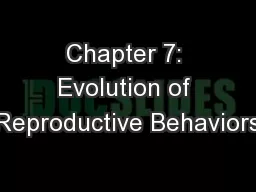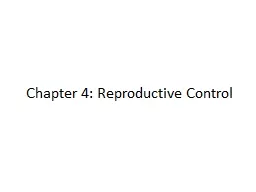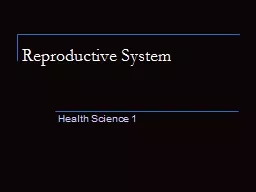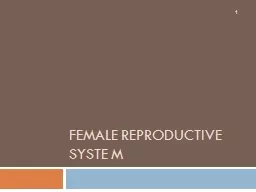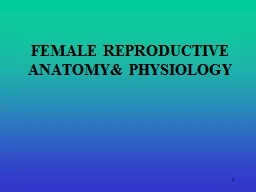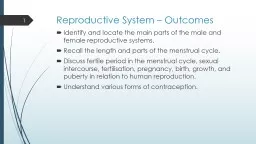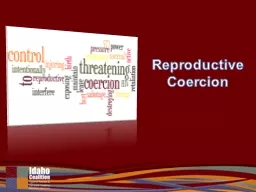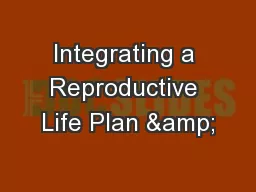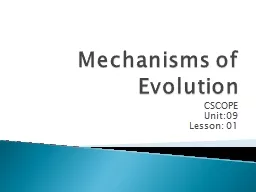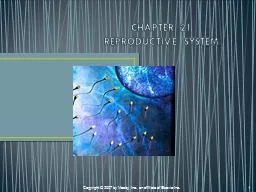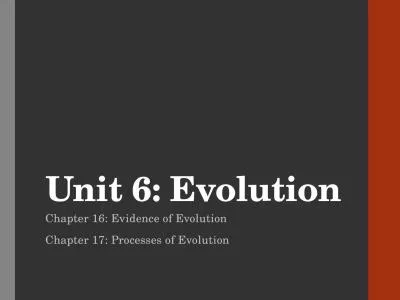PPT-Chapter 7: Evolution of Reproductive Behaviors
Author : aaron | Published Date : 2017-09-26
Differences in Sex Roles Different styles of bowers Advantage to males Convey information about mate quality Advertising Female choice supports this hypothesis But
Presentation Embed Code
Download Presentation
Download Presentation The PPT/PDF document "Chapter 7: Evolution of Reproductive Beh..." is the property of its rightful owner. Permission is granted to download and print the materials on this website for personal, non-commercial use only, and to display it on your personal computer provided you do not modify the materials and that you retain all copyright notices contained in the materials. By downloading content from our website, you accept the terms of this agreement.
Chapter 7: Evolution of Reproductive Behaviors: Transcript
Download Rules Of Document
"Chapter 7: Evolution of Reproductive Behaviors"The content belongs to its owner. You may download and print it for personal use, without modification, and keep all copyright notices. By downloading, you agree to these terms.
Related Documents

